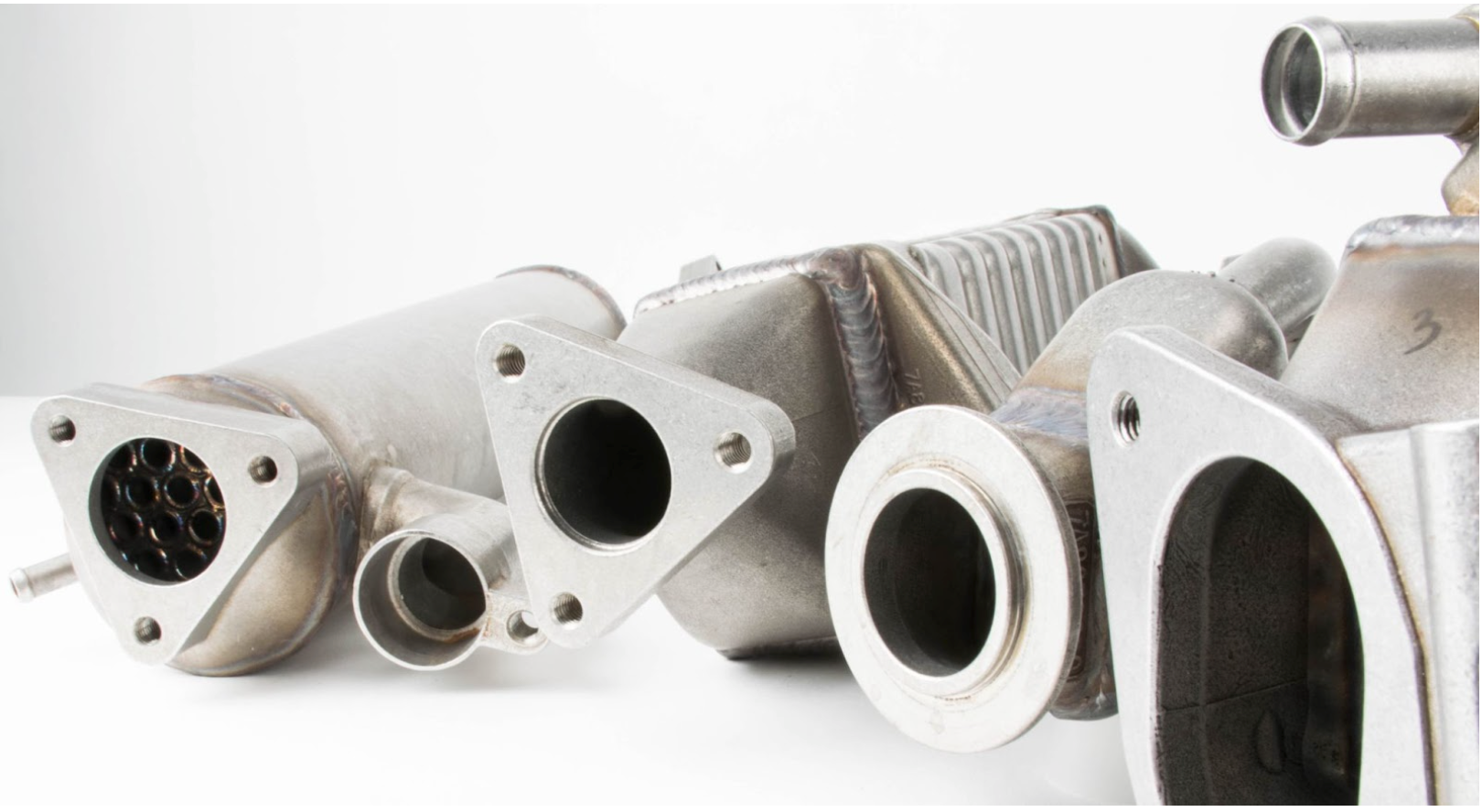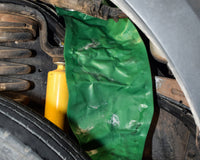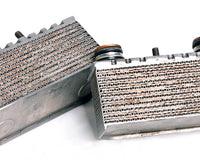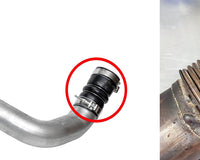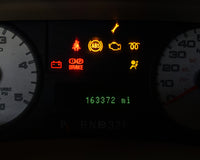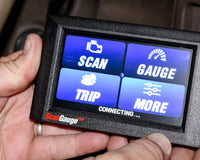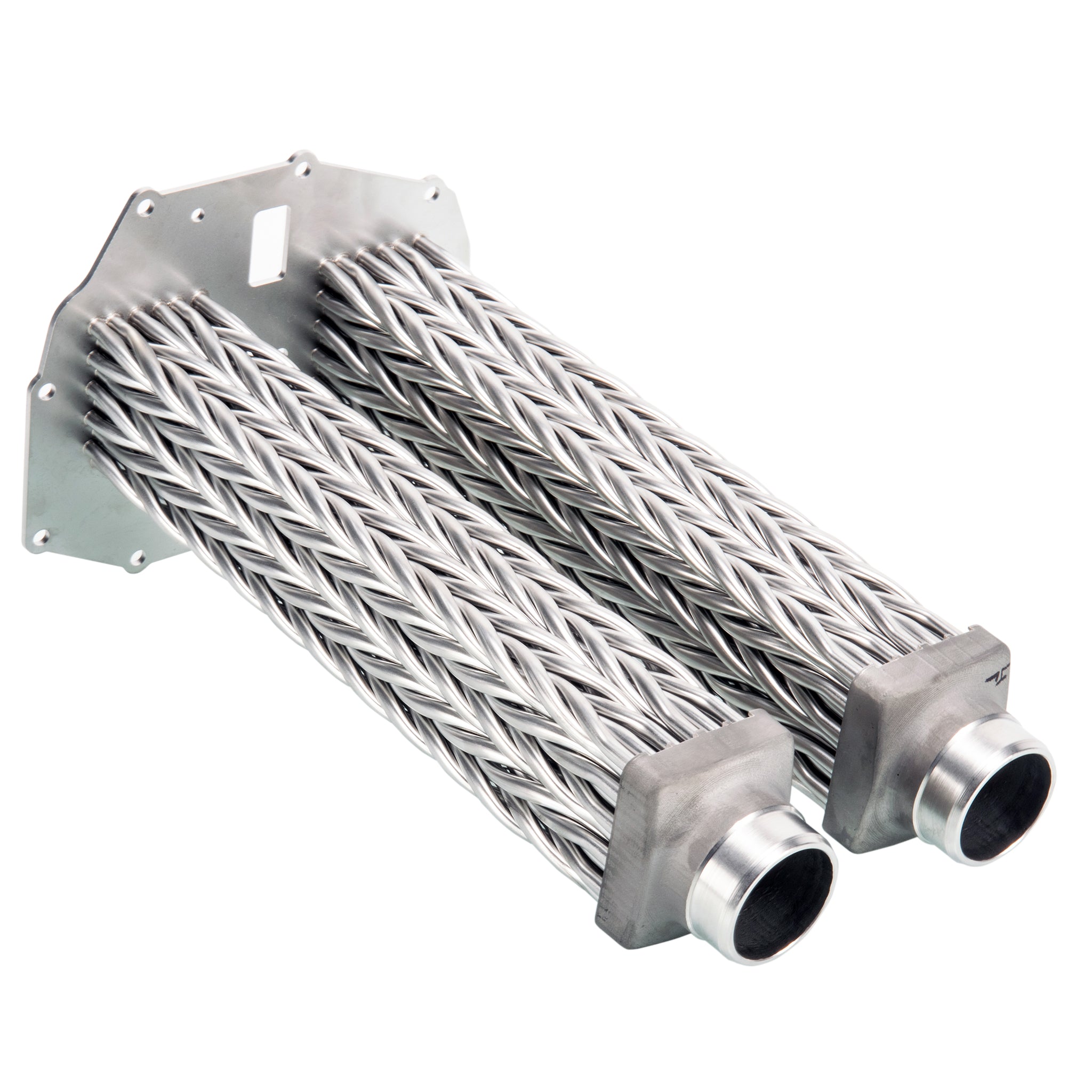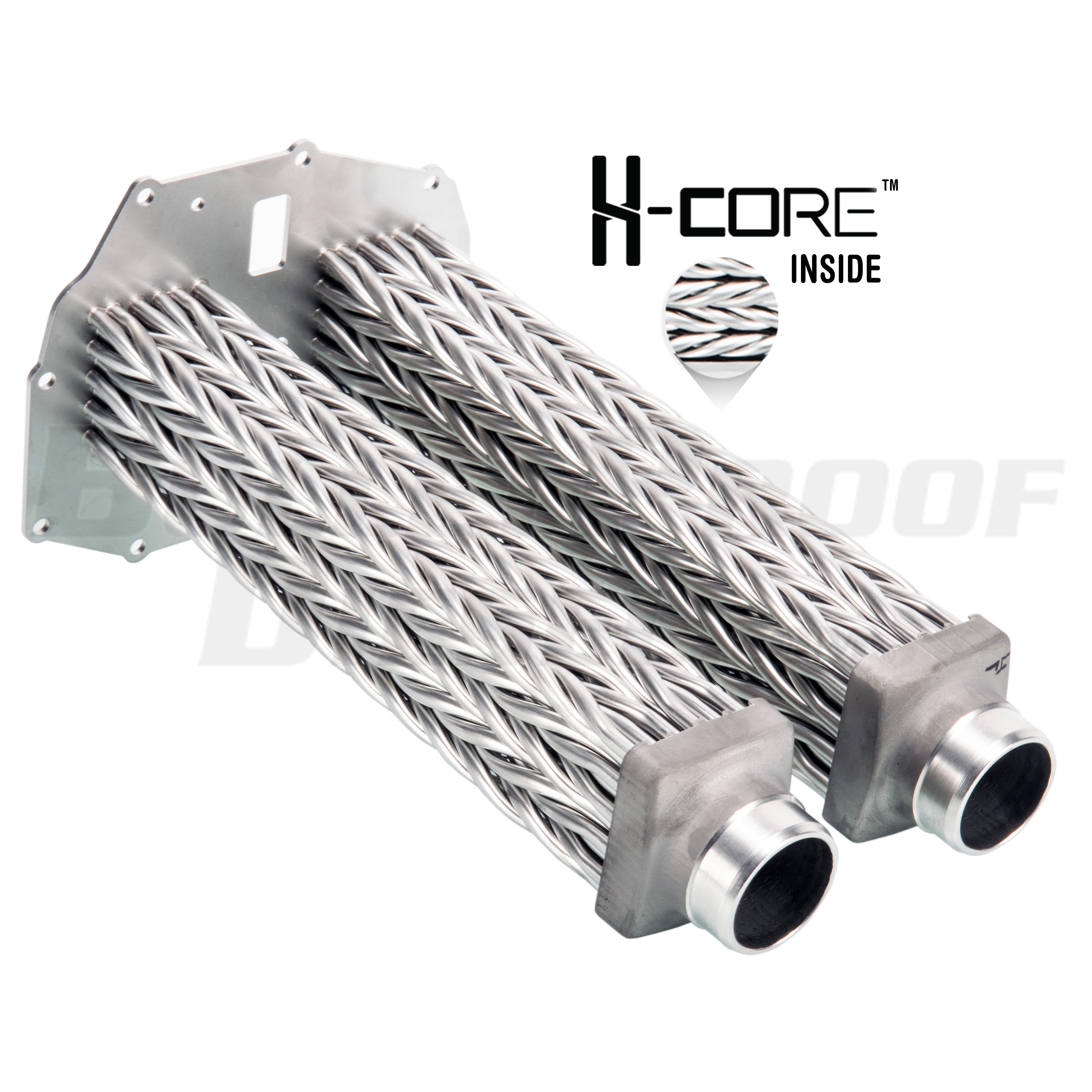What Happens When an EGR Cooler Fails?
EGR Coolers are commonplace engine components on today’s diesel and even gasoline engines. While they are vital to keeping air pollution to a minimum, they can also have their downsides too. These downsides include internal ruptures and plugging up. Both of these failures are discussed in this article.
Why do we have EGR Coolers?
Today’s vehicles - both gasoline and diesel - have sophisticated emissions control systems. These systems can include a number of different components including an EGR Cooler. EGR (Exhaust Gas Recirculation) is a technology that dates well back into the 1980’s for gasoline engines and the early 2000’s for diesel engines. The EGR cooler is simply a part of this emission system.
What is an EGR Cooler?
Simply stated, an EGR cooler is a heat exchanger. One can think of an EGR cooler as sort of an engine radiator that works in reverse. An engine radiator uses cold outside air to cool down hot engine coolant. An EGR cooler is just the reverse of that - an EGR cooler uses cold engine coolant to cool down hot exhaust gasses.
What is the purpose of the EGR Cooler?
An EGR cooler is often necessary on diesel engines (and newer, high-performance gasoline engines) to help cool exhaust gasses before they go back into the engine. To understand the purpose of an EGR cooler, basic understanding of the original EGR technology is required.
An EGR system works to prevent the formation of NOx (Nitrides of Oxygen) gasses within the engine during the combustion process. NOx is a basic building block of various pollutants and preventing it from emitting from an engine is important for maintaining clean air. To prevent NOx formation, combustion temperatures within the engine have to be kept below a certain temperature threshold. Think of it like this - the cooler the exhaust gas going through the EGR system, the more effective this system is. Thus, the purpose of an EGR cooler is simply to cool down hot engine exhaust before it goes through the engine's EGR system.
Operating Environment for an EGR Cooler
The EGR cooler operates in a very challenging environment. Between hot (and cold) temperatures, internal pressure changes, and extreme vibrations, EGR coolers have a tough task to carry out.
First of all, an EGR cooler takes hot exhaust gasses directly from the engine. This gas can vary in temperature, but hot exhaust gasses out of the cylinder can easily exceed 1,000 degrees Fahrenheit. This hot exhaust gas is then routed through the EGR cooler.
Second, EGR coolers are often mounted directly to the engine where they are subject to hot external engine bay temperatures, cold overnight cool downs, and lots of vibrations from the engine itself.
Third, EGR coolers have a job to do - to cool down the hot exhaust - and it requires a constant flow of coolant from the engine’s cooling system for that to happen. Any hiccup or ancillary problem to the cooling system can directly affect the EGR cooler too, whether it's a stuck thermostat, a coolant leak, or even a plastic bag stuck to the radiator.
These factors - high temperatures internally, engine flow dependency, and strong vibrations can lead to EGR cooler failures.
EGR Cooler (top) Mounted on the Upper Front of a DD15 Engine
Can an EGR Cooler Fail? What Happens?
Yes. EGR Coolers fail and can lead to some very catastrophic engine problems. EGR Coolers often fail in two main ways - they either rupture internally or they coke/clog up and stop the flow of exhaust gas through the heat exchanger. When the first failure occurs (rupture) it will typically allow for engine coolant to leak into the engine. It could also allow exhaust gasses to enter into the cooling system. When the second failure occurs (plugging) it will restrict and eventually stop the flow of exhaust through the EGR system. This will often result in a check engine light and some maintenance to remove, clean, and replace the EGR cooler.
What Happens When an EGR Cooler Ruptures?
When an EGR cooler ruptures internally, it can no longer keep the coolant and the exhaust gasses separate. Recall that an EGR cooler is simply a heat exchanger with engine coolant running adjacent to the hot exhaust gas channels. Once ruptured, the engine coolant is able to flow into the exhaust gas channel. This coolant is then mixed with the exhaust gas where it will flow through the engine’s combustion process where it often comes out of the tailpipe as white smoke or, rather, steam.
Coolant flowing where it should not be flowing can have major consequences for an engine. Coolant entering the EGR flow can get into the combustion chamber and damage an engine. Engine damage such as a stretched head bolt/stud can lead to a blown head gasket. Coolant in the combustion chamber can also lead to poor performance, engine overheating, broken or bent connecting rods, and hydro-locking. All of these conditions can lead to expensive repairs and extensive downtime.
What Happens When an EGR Cooler Plugs Up?
A plugged or restricted EGR cooler is not quite as catastrophic of a failure as a rupture, but it still requires extensive downtime and maintenance to overcome. A plugged EGR cooler often begins with a check engine light (CEL). The messages may vary, but oftentimes the trouble code will be something like “Insufficient EGR Flow”. This will require a thorough internal inspection of the EGR system, often requiring removing, cleaning, and maybe even replacing the various components. While no catastrophic engine damage typically occurs, the effects are still expensive repairs and costly downtime.
Coked Up EGR Cooler Shown Above
What Are Some Warning Signs of a Ruptured EGR Cooler?
Diesel owners will commonly recognize this symptom in a few different ways. The first is that dreaded white smoke coming from the tailpipe. The second symptom is a noticeable loss of coolant within the engine with no obvious external leak - that is, the cooling system shows no outward signs of leaking with a thorough inspection. That coolant has to go somewhere, right? To confirm an EGR rupture another symptom might be observed by removing the EGR valve. For example, like the Ford 6.0L diesel engine, the EGR valve can be removed and inspected. Diesel owners with a ruptured and leaking EGR cooler will often observe that the EGR valve appears either clean (when it should be somewhat soot covered - it’s been steam cleaned) or coated with a gooey tar-like substance.
What Can Be Done to Prevent EGR Cooler Failure?
Good question - the best way to prevent an EGR cooler from failing is to start with a better EGR cooler. Sounds simple but the problem really rests with the OEM (Original Equipment Manufacturer) companies. Simply put, the heat exchanger style used within typical OEM EGR coolers lead themselves to both plugging (too many fins) or rupture (fatigue failure from repeat heat cycles). The only design that addresses these issues are the H-Core EGR Coolers from Bullet Proof Diesel. Once installed, the Bullet Proof Diesel EGR Coolers handle repeated heat stress with it’s helical tube bundles, and the lack of tightly packed fins greatly reduces the ability for the EGR cooler to plug with soot.
Bullet Proof Diesel H-Core EGR Cooler on Left with Helical Twisted Tubes. OEM Tube-and-Fin Style shown on Right.
Recap
EGR Coolers are an important part of a vehicle’s emission control system. EGR coolers operate in a challenging environment as they take the heat from hot engine exhaust gasses. OEM EGR coolers are prone to failure because of how they are built. Bullet Proof Diesel EGR Coolers - using H-Core Technology - are built different, built better, and built specifically for the challenging EGR system. Read more about why a Bullet Proof Diesel EGR cooler is better than a OEM cooler here.
EGR Cooler failure can be expensive. Engine coolant can be allowed to mix into the engine’s combustion process leading to engine failure, compromised head gaskets/fasteners, bent or broken connecting rods, and hydro-locking. Plugged and/or restricted EGR coolers can set the check-engine light and require extensive maintenance and cleaning.
All EGR cooler concerns are preventable with H-Core EGR Coolers from Bullet Proof Diesel.

